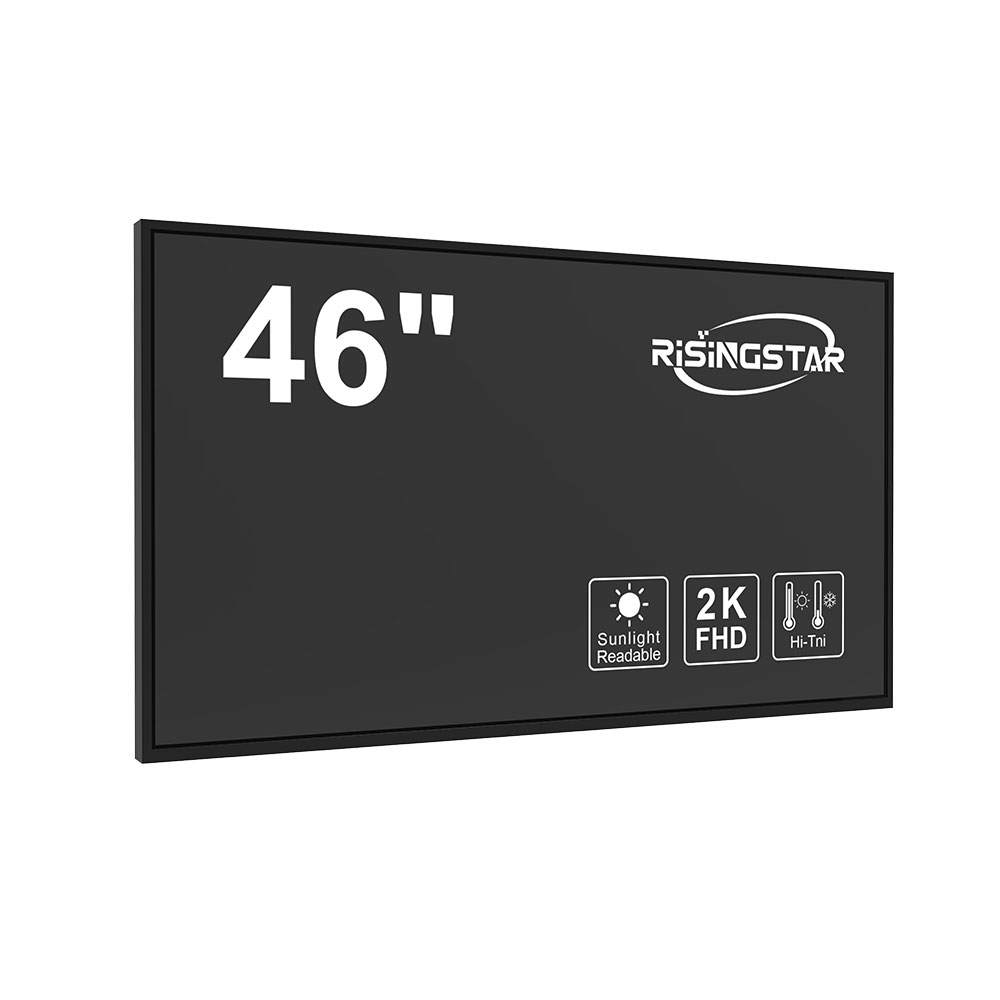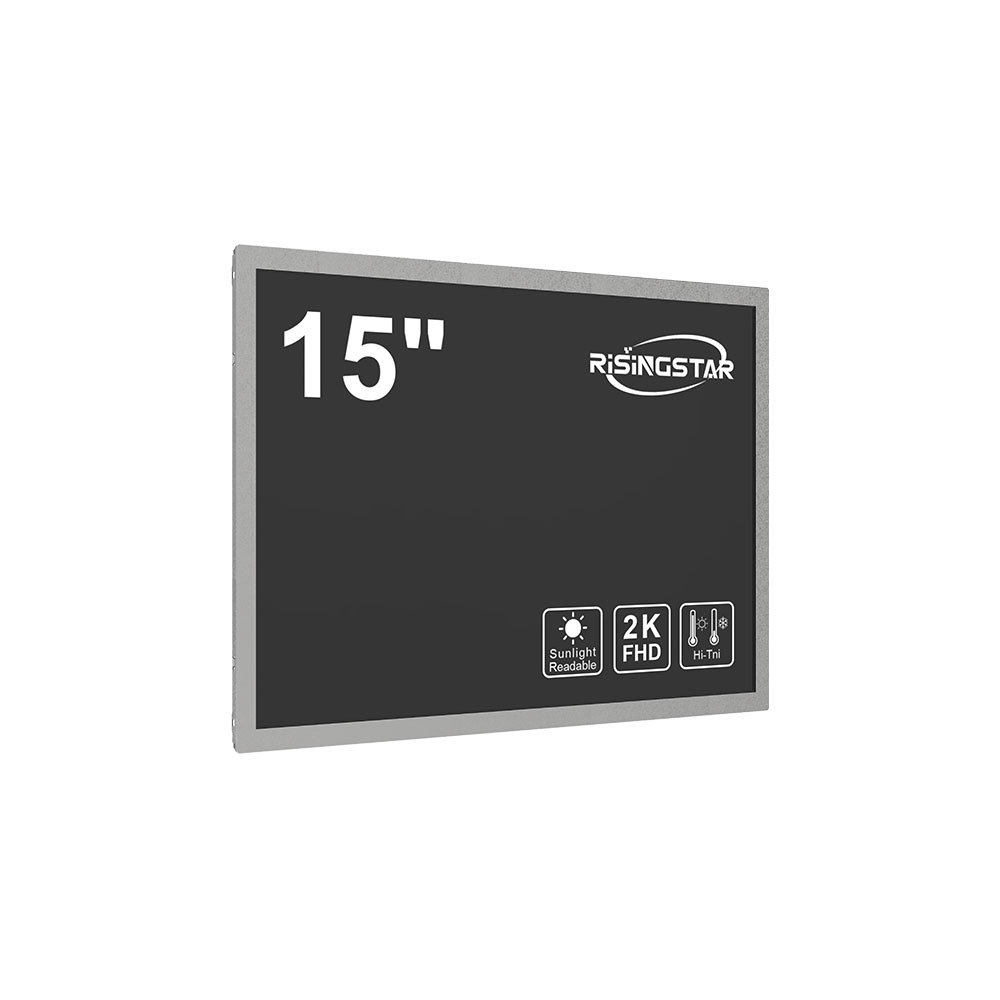- Home
- About Us
- Products
- News
- Video
- Contact
- Send Inquiry
Search
- Home
- About Us
- Products
- News
- Video
- Contact
- Send Inquiry

High-brightness sunlight-readable LCD screens are critical components in modern industrial, military, aerospace, and outdoor consumer electronics. These displays are engineered to maintain visibility under intense solar radiation—often exceeding 100,000 lux—where standard LCDs fail due to washed-out images or poor contrast. The core technology behind these screens includes high-luminance backlighting (typically 5,000 to 10,000 cd/m²), anti-reflective coatings, advanced polarizers, and specialized liquid crystal formulations optimized for wide temperature ranges (-30°C to +70°C). According to a 2023 report by MarketsandMarkets, the global market for sunlight-readable displays is projected to reach $4.8 billion by 2028, driven by demand from defense systems, automotive dashboards, and ruggedized handheld devices.
Manufacturers like LG Display, BOE Technology, and Japan Display have developed proprietary solutions such as transmissive-type high-brightness panels with embedded diffusers and dual-layer anti-glare films that reduce surface reflections by over 95%. For instance, the U.S. Army’s Nett Warrior system uses a 7-inch sunlight-readable LCD with 5,000 cd/m² brightness, enabling mission-critical operations in desert and jungle environments. Similarly, Tesla’s Model S dashboard features an integrated high-brightness display compliant with ISO 16750-3 standards for vehicle electrical systems, ensuring reliability under extreme thermal cycling.

Key technical innovations include local dimming zones, which dynamically adjust brightness per pixel area rather than uniformly across the entire screen—a feature particularly useful in aviation HUDs where cockpit lighting must remain consistent regardless of external sun angle. Another advancement is the use of IPS (In-Plane Switching) or MVA (Multi-Domain Vertical Alignment) panel technologies that provide wider viewing angles (>170°) while maintaining color accuracy under direct sunlight. As noted in IEEE Transactions on Consumer Electronics (2022), these technologies reduce eye strain and improve situational awareness in field operations.
Environmental certifications such as MIL-STD-810G and IP67 further validate durability against shock, vibration, dust, and water ingress—essential for maritime and military applications. Moreover, energy efficiency remains a focus; recent designs incorporate LED-backlit modules with adaptive brightness control that can reduce power consumption by up to 30% without compromising readability.

The integration of touch-sensitive layers with glove compatibility and multi-touch support makes these screens ideal for tactical interfaces, agricultural machinery, and construction equipment operating in remote areas. In summary, high-brightness sunlight-readable LCDs represent a convergence of materials science, optical engineering, and user-centered design, offering unmatched performance in challenging real-world conditions. Their continued evolution will be pivotal in enabling reliable human-machine interaction across diverse sectors—from smart cities to space exploration.